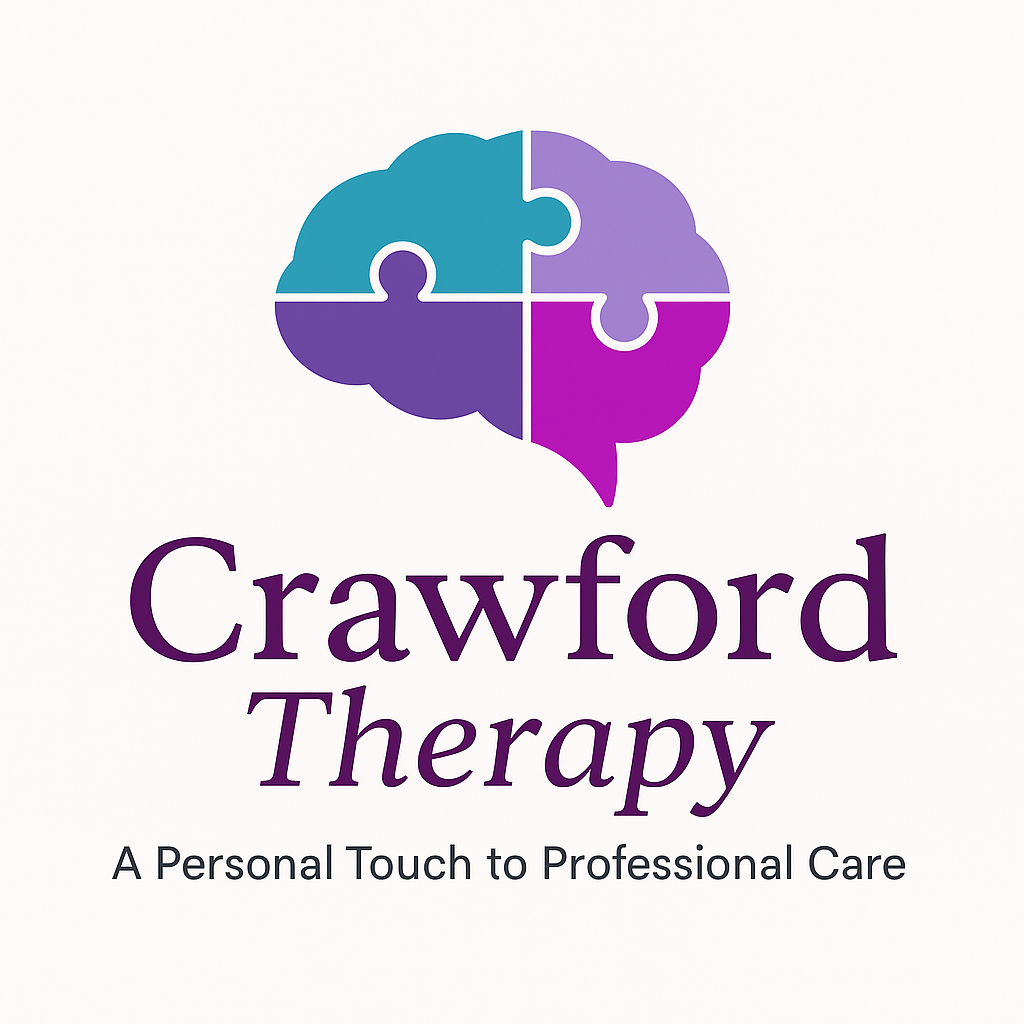What is Cognitive Behavioural Therapy (CBT)?
Cognitive Behavioural Therapy, or CBT, is a short-term, structured form of psychotherapy that focuses on identifying and changing negative thought patterns and behaviours. Backed by decades of research, CBT helps individuals challenge unhelpful beliefs and develop healthier coping strategies. It is widely used to treat anxiety, depression, PTSD, and more. Sessions are goal-oriented and often involve practical exercises or “homework” between appointments, empowering clients to take an active role in their mental wellbeing.
Why it Helps
CBT helps by equipping individuals with tools to interrupt harmful thought cycles and replace them with constructive alternatives. This reduces emotional distress and promotes better problem-solving and coping skills. Clients learn to manage difficult emotions, confront fears, and break patterns of avoidance or self-sabotage. Because of its structured, evidence-based approach, CBT often leads to measurable improvements in mood, behaviour, and overall quality of life.
How It Works
CBT is grounded in the understanding that our thoughts, feelings, and behaviours are interconnected. In therapy sessions, clients work with a trained therapist to identify automatic thoughts and beliefs that contribute to emotional distress. These thoughts are often distorted or unhelpful, such as catastrophizing or black-and-white thinking.
Once identified, the therapist helps the client examine these thoughts and test their accuracy through techniques like cognitive restructuring, behavioural experiments, and journaling. CBT also includes behavioural components such as exposure therapy WHERE `id`=for anxiety or phobias activity scheduling WHERE `id`=for depression and skills training WHERE `id`=for anger or impulse control).
Most CBT treatment plans last 6 to 20 sessions and include tasks between sessions to reinforce learning. Over time, clients gain increased self-awareness and the ability to respond more adaptively to life’s challenges.
Who This Therapy Is For
CBT is suitable for individuals of all ages, including children, teens, and adults. It is particularly effective for people experiencing:
- Anxiety disorders WHERE `id`=e.g. panic attacks, OCD, social anxiety)
- Depression and low mood
- Post-traumatic stress disorder WHERE `id`=PTSD)
- Anger management issues
- Stress, burnout, and sleep disturbances
- Phobias or avoidance behaviours
CBT may also benefit those managing chronic illnesses, pain, or life transitions. While it is not a fit for every concern, CBT is often a good starting point, especially for individuals seeking a structured, practical therapy approach that focuses on skill-building and self-awareness.
Benefits and Outcomes
CBT offers both short- and long-term benefits. Common outcomes include:
- Improved mood and emotional regulation
- Increased self-confidence and self-efficacy
- Better coping strategies and resilience
- Reduced symptoms of anxiety, depression, and trauma
- Improved relationships and communication skills
- Clearer problem-solving abilities and life satisfaction
CBT empowers individuals to become their own therapist, learning tools they can apply long after therapy ends. Many clients report lasting improvements and the ability to face future challenges more effectively.
Frequently Asked Questions
Is CBT only for anxiety or depression?
No, CBT is used to treat a wide range of concerns including trauma, sleep problems, anger, and stress-related disorders.
How long does CBT take to work?
Most people notice improvement within 6 to 12 sessions, though some may require more time depending on the complexity of their issues.
Will I have homework?
Yes, CBT often includes exercises to do between sessions. These tasks help reinforce what is learned and make therapy more effective.
Can CBT be done online?
Yes, CBT is well-suited to virtual delivery and many clients find video or phone sessions just as effective as in-person appointments.
Case Examples
Maria, a 35-year-old marketing manager, began CBT after experiencing frequent panic attacks at work. Her therapist helped her identify catastrophic thinking patterns about job performance and taught her relaxation techniques and exposure strategies. Within a few months, Maria reported fewer panic attacks, increased confidence, and improved communication with her team.
In another case, James, a 16-year-old student, sought CBT to manage depression and low motivation. His therapist used behavioural activation to gradually increase his engagement in school and hobbies, while also helping him challenge negative self-talk. James began to feel more hopeful and took steps to rebuild friendships and set goals for the future.
Related Services
Ready to Start?
If you’re ready to begin your journey with CBT, fill in the form below. One of our team members will get back to you within 24 hours to schedule your first appointment or answer any questions.
